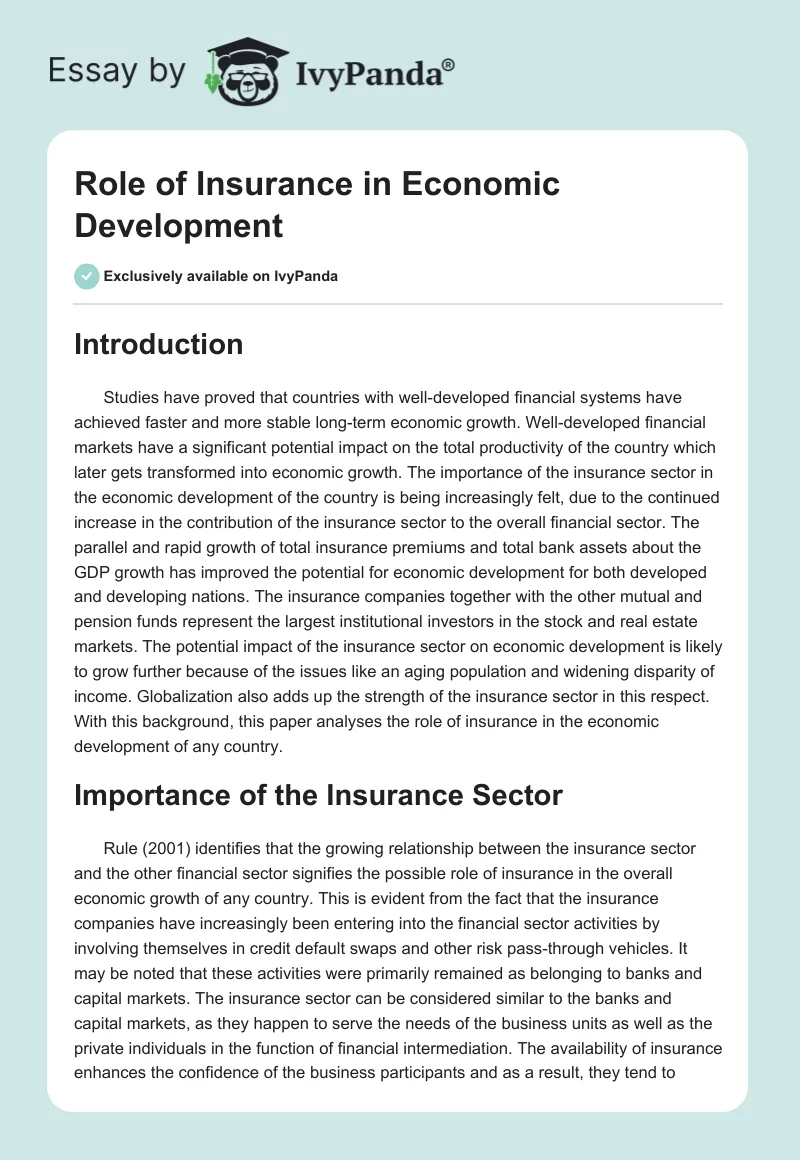Pacific Prime Fundamentals Explained
Pacific Prime Fundamentals Explained
Blog Article
Some Known Details About Pacific Prime
Table of ContentsGetting My Pacific Prime To Work3 Simple Techniques For Pacific PrimeThe Pacific Prime IdeasThe Ultimate Guide To Pacific PrimePacific Prime for Beginners

This is due to the fact that the data were collected for a period of strong economic efficiency. Of the approximated 42 million people that were without insurance, almost regarding 420,000 (regarding 1 percent) were under 65 years of age, the age at which most Americans come to be eligible for Medicare; 32 million were grownups between ages 18 and 65, about 19 percent of all grownups in this age; and 10 million were kids under 18 years of age, regarding 13.9 percent of all kids (Mills, 2000).
These price quotes of the variety of individuals uninsured are generated from the yearly March Supplement to the Existing Population Study (CPS), performed by the Demographics Bureau. Unless or else noted, nationwide price quotes of people without medical insurance and percentages of the populace with different type of insurance coverage are based upon the CPS, one of the most widely made use of source of price quotes of insurance coverage and uninsurance rates.
The Only Guide for Pacific Prime

Still, the CPS is specifically helpful due to the fact that it produces annual estimates relatively rapidly, reporting the previous year's insurance policy protection approximates each September, and since it is the basis for a regular set of estimates for greater than 20 years, allowing for evaluation of trends in coverage in time. For these reasons, along with the considerable use the CPS in other studies of insurance protection that are presented in this report, we count on CPS quotes, with restrictions noted.

The price quote of the number of without insurance individuals expands when a populace's insurance policy condition is tracked for several years. Over a three-year period starting early in 1993, 72 million people, 29 percent of the U.S. https://pacificpr1me.blog.ss-blog.jp/2024-04-03?1712088442. population, lacked coverage for a minimum of one month. Within a solitary year (1994 ), 53 million people experienced at least a month without insurance coverage (Bennefield, 1998a)
Six out of every 10 without insurance grownups are themselves employed. Although working does improve the possibility that one and one's relative will have insurance coverage, it is not a guarantee. Also participants of family members with two permanent wage income earners have nearly a one-in-ten chance of being uninsured (9.1 percent uninsured rate) (Hoffman and Pohl, 2000).
Little Known Questions About Pacific Prime.
New immigrants account for a substantial proportion of individuals without medical insurance. One evaluation has attributed a significant section of the recent growth in the dimension of the united state uninsured population to immigrants that showed up in the nation in between 1994 and 1998 (Camarota and Edwards, 2000). Current immigrants (those who pertained to the United States within the previous four years) do have a high rate of being without insurance (46 percent), but they and their youngsters make up simply 6 percent of those without insurance policy nationally (Holahan et al., 2001).
The relationship between medical insurance and access to care is well developed, as documented later on in this chapter. The relationship between health and wellness insurance policy and health and wellness outcomes is neither straight nor straightforward, a substantial clinical and health services study literature links wellness insurance coverage to enhanced access to care, much better top quality, and enhanced individual and population health status.
Degrees of analysis for analyzing the results of uninsurance. It concentrates specifically on those without any type of health and wellness insurance coverage for any type of size of time.
The Definitive Guide for Pacific Prime
The problems faced by the underinsured remain in some aspects comparable to those encountered by the uninsured, although they are generally less serious. maternity insurance for expats. Uninsurance and underinsurance, nonetheless, include definitely different policy issues, and the approaches for resolving them may vary. Throughout this study and the 5 reports to comply with, the primary emphasis gets on individuals with no medical insurance and hence no assistance in spending for health treatment beyond what is readily available through charity and security web establishments
Medical insurance is a powerful variable influencing invoice of care since both clients and physicians react to the out-of-pocket rate of services - https://iridescent-horse-hspdzg.mystrikingly.com/blog/welcome-to-pacific-prime. Medical insurance, nevertheless, is neither needed nor enough to get to medical solutions. The independent and straight result of health and wellness insurance coverage on accessibility to wellness services is well established.
Others will get the healthcare they need also without medical insurance, by spending for it out of pocket or seeking it from visit their website suppliers who provide care cost-free or at extremely subsidized rates. For still others, wellness insurance coverage alone does not ensure invoice of care due to various other nonfinancial obstacles, such as a lack of healthcare service providers in their area, minimal access to transport, illiteracy, or etymological and social distinctions.
Some Known Facts About Pacific Prime.
Official study regarding without insurance populaces in the United States dates to the late 1920s and very early 1930s when the Board on the Cost of Medical Care created a series of records concerning funding doctor office gos to and hospital stays. This issue came to be salient as the numbers of clinically indigent climbed up during the Great Depression.
Report this page